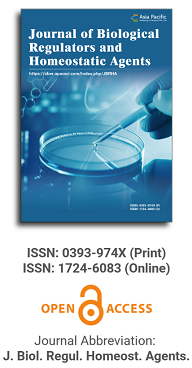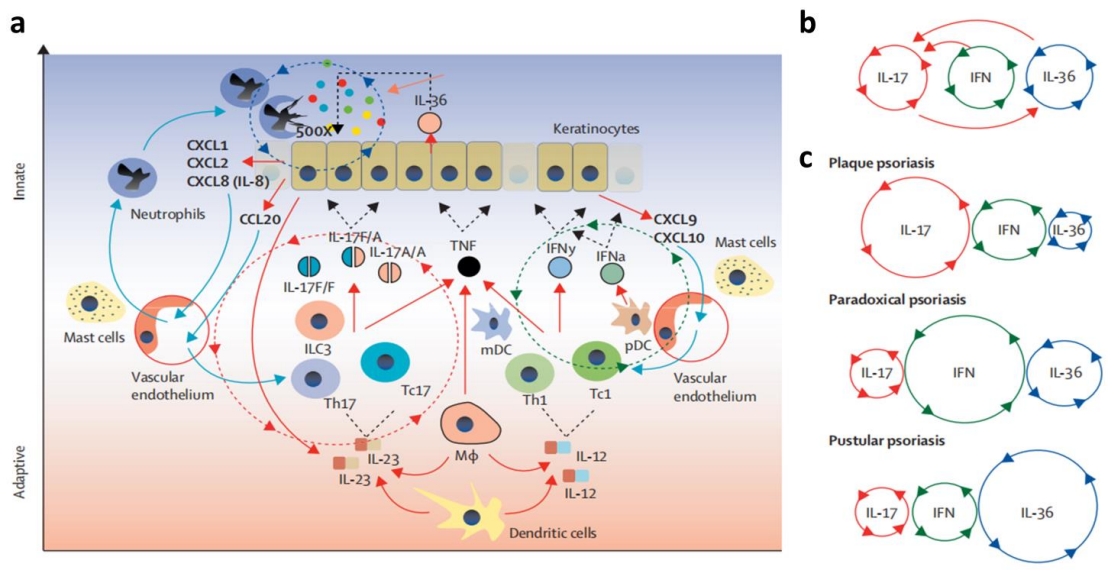
Asia Pacific Academy of Science Pte. Ltd. (APACSCI) specializes in international journal publishing. APACSCI adopts the open access publishing model and provides an important communication bridge for academic groups whose interest fields include engineering, technology, medicine, computer, mathematics, agriculture and forestry, and environment.

Inhibition of P-glycoprotein-mediated transport by S-adenosylmethionine and cynarin in multidrug-resistant human uterine sarcoma MES-SA/Dx5 cells
Vol 26, Issue 3, 2012
Abstract
Multidrug resistance (MDR) to anticancer chemotherapy is often mediated by the overexpression of the plasma membrane drug transporter P-glycoprotein (Pgp) encoded by multidrug resistance gene (MDR1). Various chemosensitizing agents are able to inhibit Pgp activity but their clinical application is limited by their toxicity. Furthermore, hepatotoxicity related to chemotherapy causes delays of treatment in cancer patients and often requires supplementation of anti-tumour therapy with hepatoprotective agents. In this in vitro study, we investigated the effectiveness of an endogenous hepatoprotective agent, S-adenosylmethionine (SAMe), and a natural hepatoprotective compound, Cynarin (Cyn), to inhibit Pgp activity in order to evaluate their potential use as chemosensitizing agents. Human doxorubicin (doxo) resistant uterine sarcoma cells (MES-SA/Dx5) expressing high levels of Pgp were treated with two hepatoprotectors at various concentrations (1, 5 and 10 microM) that are clinically achievable, in the presence or absence of three different concentrations of doxo (2, 4 and 8 microM). In order to evaluate the effects of both hepatoprotectors, we measured the intracellular accumulation and cytotoxicity of doxo, the cellular GSH level, ROS production and catalase (CAT) activity. We found that treatment with 2, 4 and 8 microM doxo in the presence of SAMe or Cyn significantly increased the doxo accumulation and cytotoxicity on MES-SA/Dx5 cells, when compared to control cells receiving doxo alone. Moreover, treatment with SAMe or Cyn significantly increased GSH content, greater than 80 percent and 60 percent, respectively) and CAT activity greater than 60 and 150 percent, respectively) in resistant cancer cells, while ROS production was below the values of corresponding untreated control cells. Our in vitro findings provide a rationale for the potential clinical use of these hepatoprotectors both as chemosensitizing agents, to reverse Pgp-mediated MDR, and as antioxidants to protect normal cells from chemotherapy-induced cytotoxixity.
Keywords
References
Supporting Agencies
Copyright (c) 2012 A. Angelini, R.Di Pietro, L. Centurione, M.L. Castellani, P. Conti, E. Porreca, F. Cuccurullo, C.DI ILIO

This site is licensed under a Creative Commons Attribution 4.0 International License (CC BY 4.0).

Medical Genetics, University of Torino Medical School, Italy

Department of Biomedical, Surgical and Dental Sciences, University of Milan, Italy

